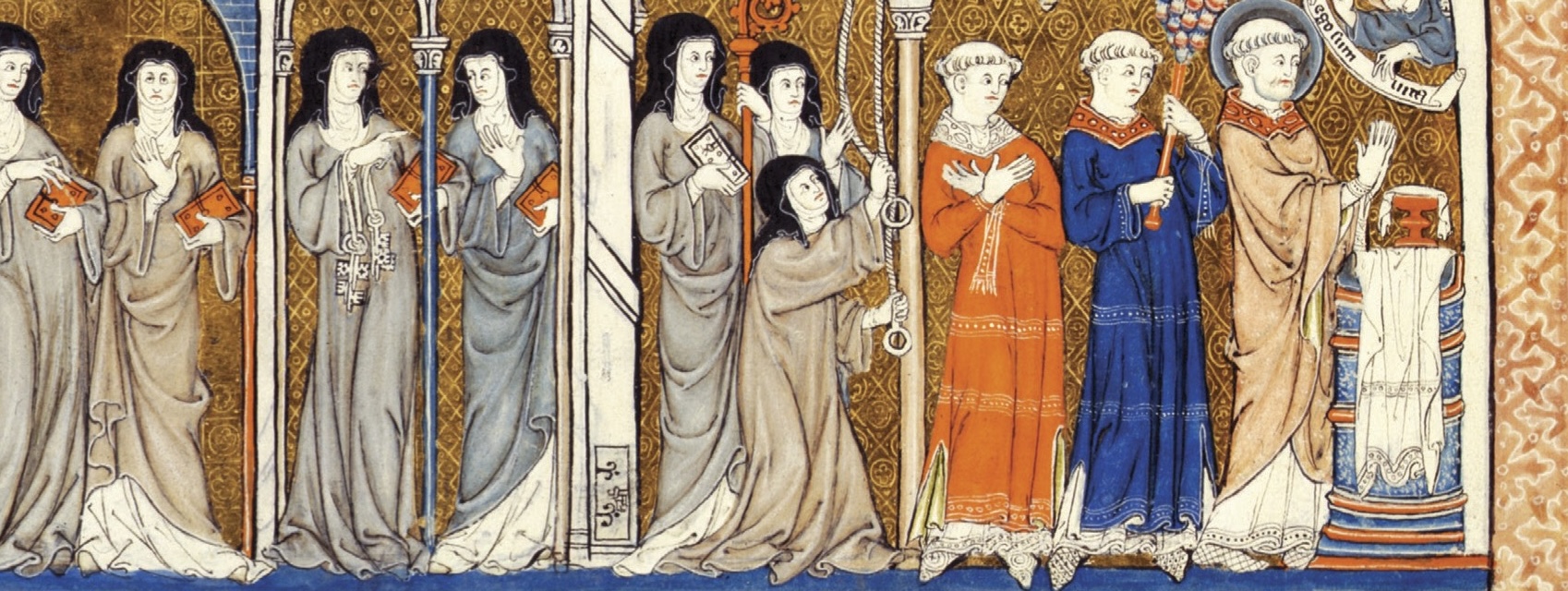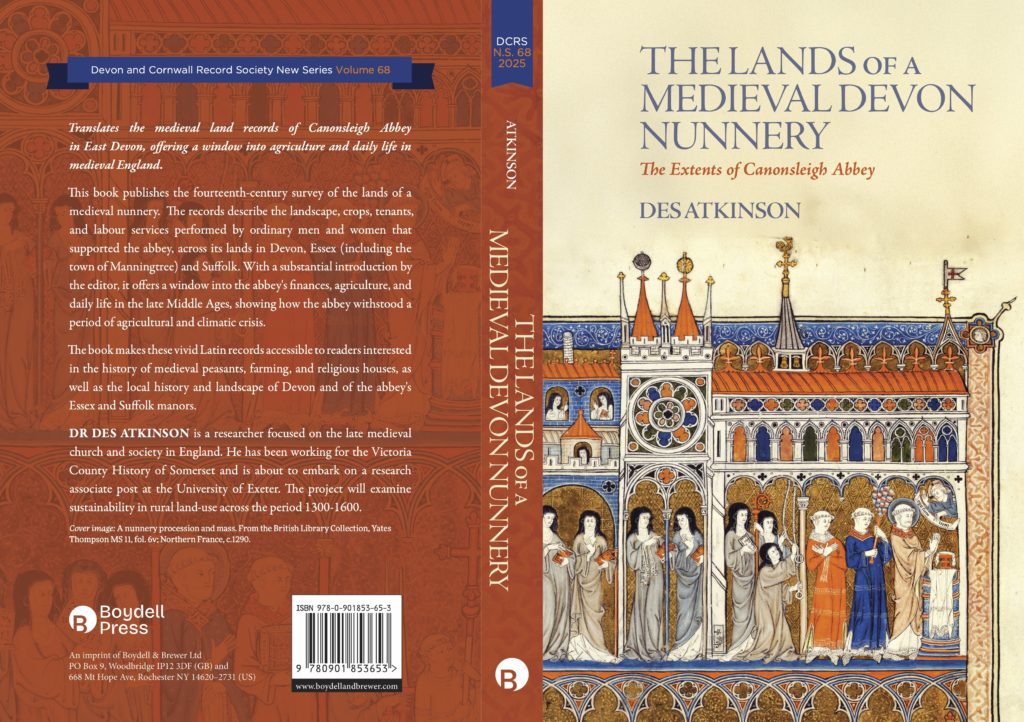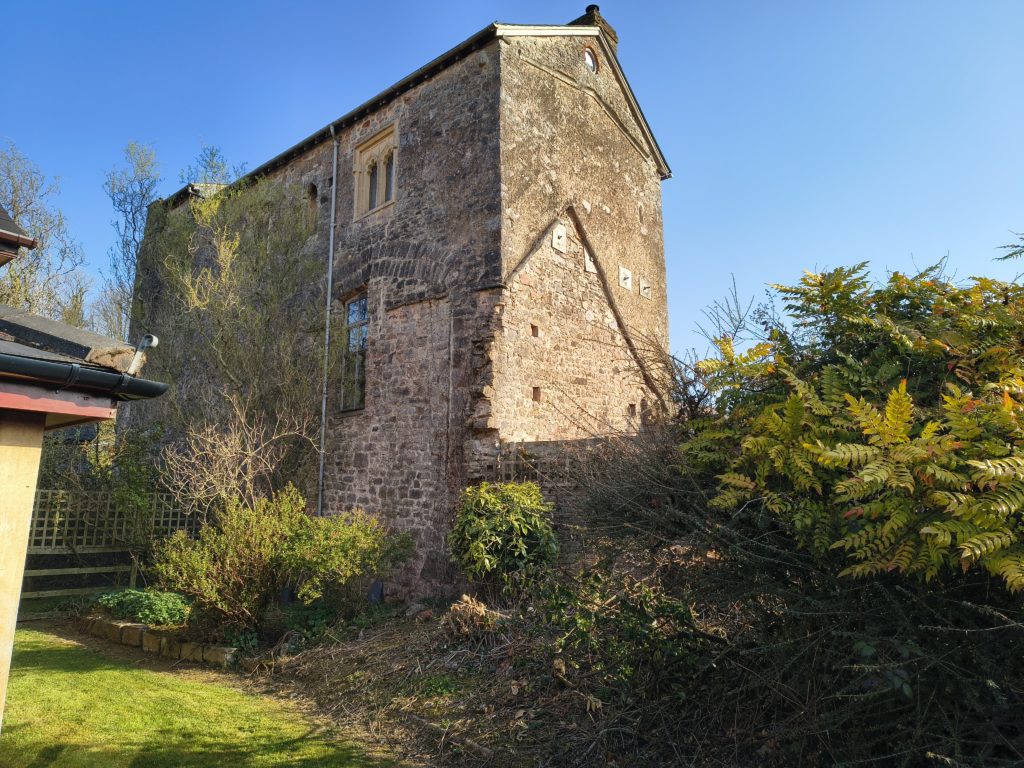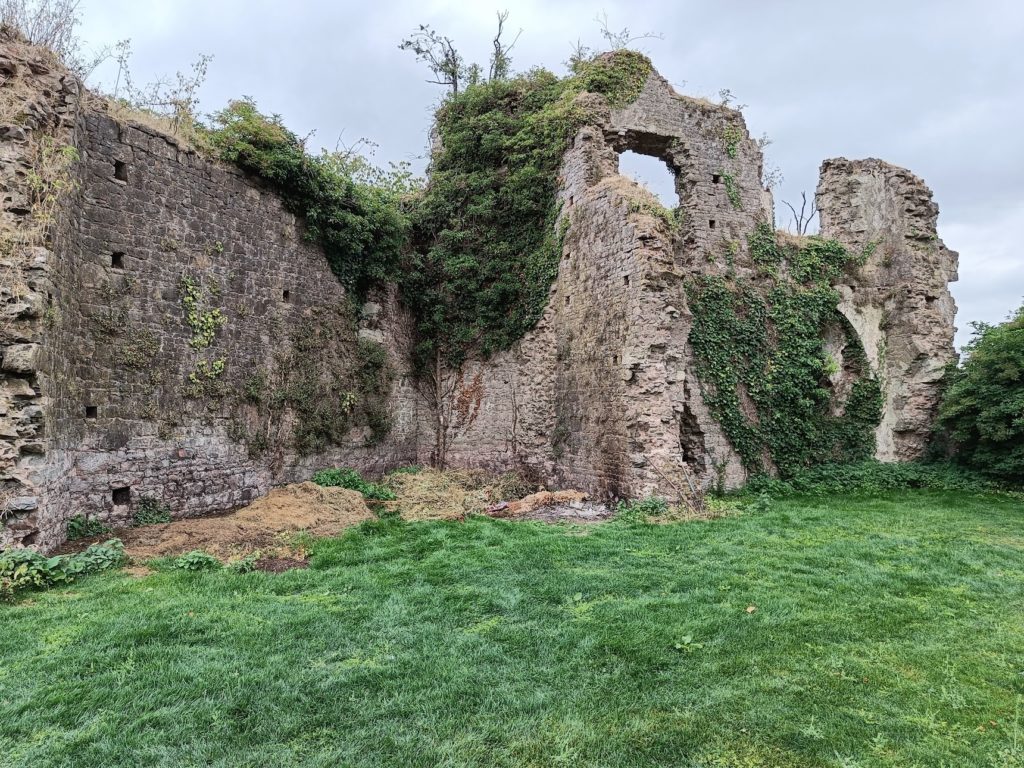
Posted by Des Atkinson
10 November 2025The Centre has a longstanding association with the Devon and Cornwall Record Society, with several Centre members actively involved in the Society’s activities and serving on the committee. The Society’s annual volume for 2025 has a decidedly medieval flavour, and is edited by our very own Des Atkinson, who this week gives us a taste of what to expect.
I was recently delighted to be accepted as the editor of the 2025 volume of the DCRS. This volume is being published imminently, and contains the set of monastic extents (essentially a land survey) produced in the year 1323 for the Devon nunnery of Canonsleigh Abbey, and found inside Harleian Manuscript 3660 at the British Library. I had studied the closely-related cartulary of Canonsleigh for my master’s degree (helped by the DRCS’s 1965 edition by Vera London), and it then became my ambition to see the extents of the abbey published, so as to provide a more complete picture of Canonsleigh and its landed possessions in a critical period before the Black Death. In my edition, the Latin text has been translated and is accompanied by a detailed introduction. I hope that it will be of considerable interest to those interested in the medieval south-west.

The fourteenth century was a time of great change and stress in the English countryside. The whole of Devon was of course radically affected by the mid-century catastrophe of the Black Death. However, even by the first quarter of the century, failed harvests and widespread animal disease were putting great pressure on the rural landscape. The relatively benign climate of the thirteenth century, which had allowed the population of England to grow significantly, was giving way to much more unsettled conditions, and now this changing environment was causing strain and difficulty in the south-west of England and beyond.
Rural life at this time was centred around the manor, the unit of administration that governed the annual rhythm of communities such as those under the control of Canonsleigh Abbey, an Augustinian religious house and one of the three medieval nunneries in Devon. As David McLean has written about elsewhere on this blog, abbeys frequently came into the possession of manors, and Canonsleigh relied strongly on its endowment of manors to provide it with a stable financial base to fulfil its eternal function of prayer for the salvation of souls. Canonsleigh, however, was not well-prepared for the new challenges of the early fourteenth century: it did not appear to have a clear understanding of its manorial possessions and, by 1319, the abbess appears to have been old and ailing.
In 1320 a new abbess had been elected and the bishop of Exeter, Walter de Stapeldon, was taking a close and supportive interest in the nunnery. He seems to have decided that a proper survey of the abbey’s possessions was needed and so the extents of Canonsleigh were produced in the summer of 1323. That survey (or set of extents) was compiled alongside a listing of all the land charters and other documents that defined the possessions of Canonsleigh, a document known as a cartulary (so ably edited by Vera London).


These manorial extents are a rich source of information about rural life in Devon at this time. They show us the size and type of Canonsleigh’s ‘demesne’, the lands managed directly by the abbey to support its religious life: we can see what types of crops were being grown and value of those outputs. They also provide a listing of the tenants who held land within Canonsleigh’s manors, whether as free or bonded tenants. The holding of a bonded tenancy required their holders to undertake a series of services for their manorial lady (in this case, the abbess), and these services (which were often onerous) are listed in detail within the extents. As well as the names of the tenants, the extents show us the size of their tenant holdings and the amount of rent and other payments they were required to render to their landlord. They provide us with a good understanding of the overall value of Canonsleigh’s manorial endowment, something we only see again with the Valor Ecclesiasticus of Henry VIII some two hundred years later (a document about which, thanks to a new research project based partly at Exeter, we’ll soon learn a great deal more).
Canonsleigh’s extents therefore tell us much about rural life in Devon, but they also extended to other parts of England. Once fascinating aspect of Canonsleigh’s history had been the patronage of the very wealthy Matilda de Clare, the countess of Gloucester and Hertford, who had re-founded Canonsleigh as a nunnery in the 1280s. She had granted additional lands to the abbey, including some of her possessions in Essex and Suffolk. These eastern properties are also listed within the extents and include not just rural possessions in Essex and Suffolk but also the borough of Manningtree. The differing social make-up of those eastern possessions with their higher proportion of free tenants provides a contrast to manors such as Dunsford in Devon with their much higher proportion of bonded tenants. The details for the Suffolk manor of Gusford (located near Ipswich) are especially important as there is very little other source material about this manor before the sixteenth century.
The extents of Canonsleigh Abbey therefore provide us with a rich snapshot of people, life, society and economy across a broad geographical area. It is not common to have such a clear and detailed picture of late medieval communities, especially in these decades shortly before the Black Death. This publication contains an English version of the extents, providing an approachable rendering of the original fourteenth-century manuscript. It should be of value to a wide range of readers with an interest in the history and people of Devon and beyond.
The Lands of a Medieval Devon Nunnery: The Extents of Canonsleigh, ed. Des Atkinson, is published by Boydell & Brewer in November 2025. Members of the Devon and Cornwall Record Society will receive the volume for free; for information joining the Society, follow this link.